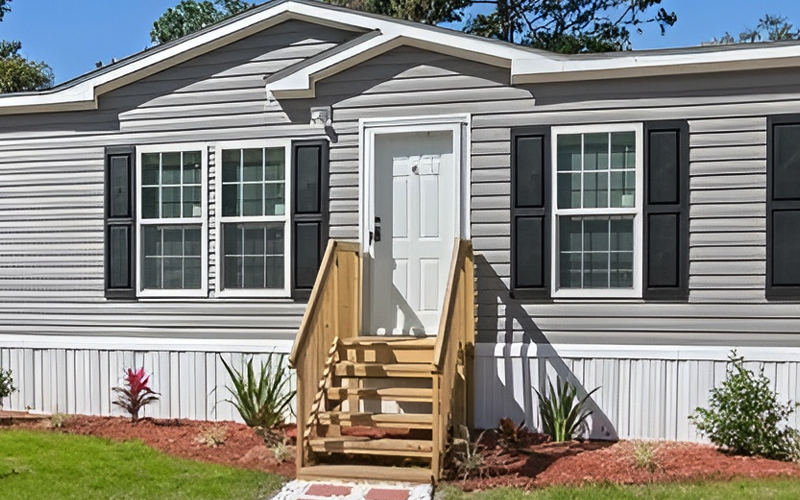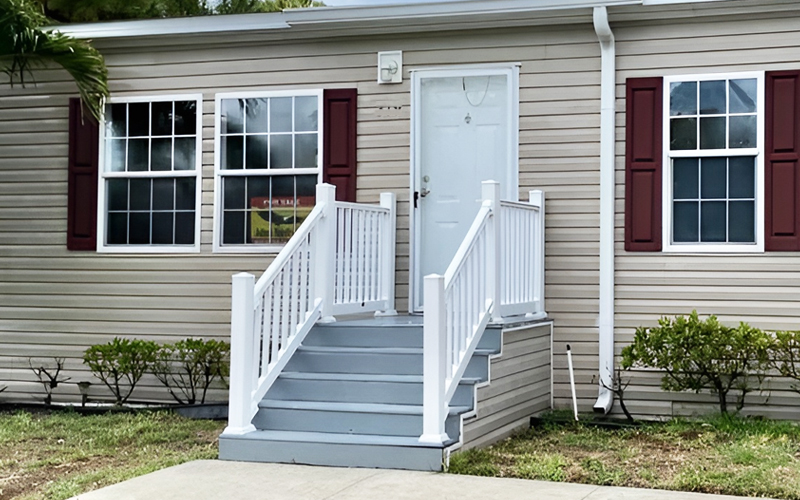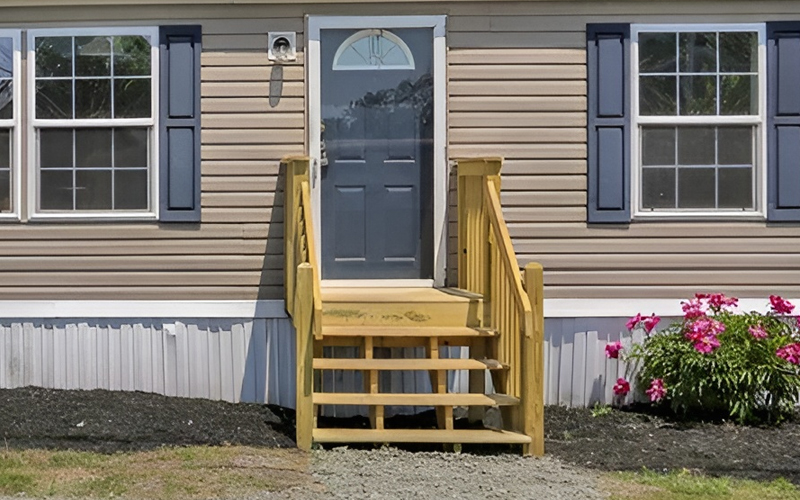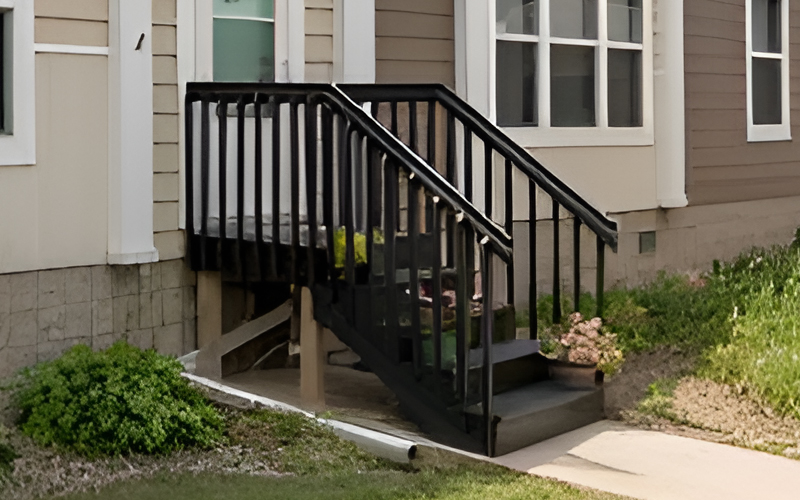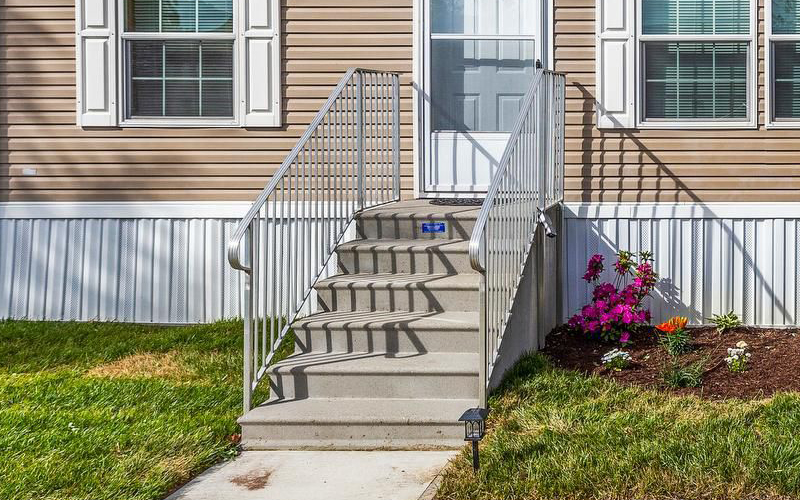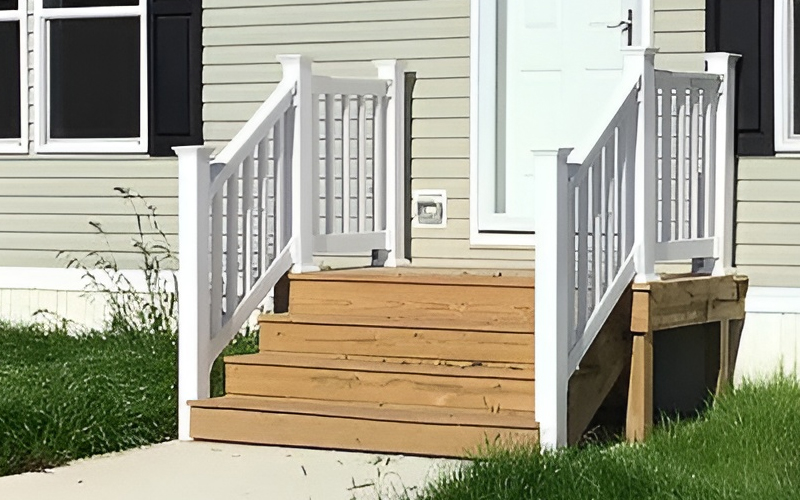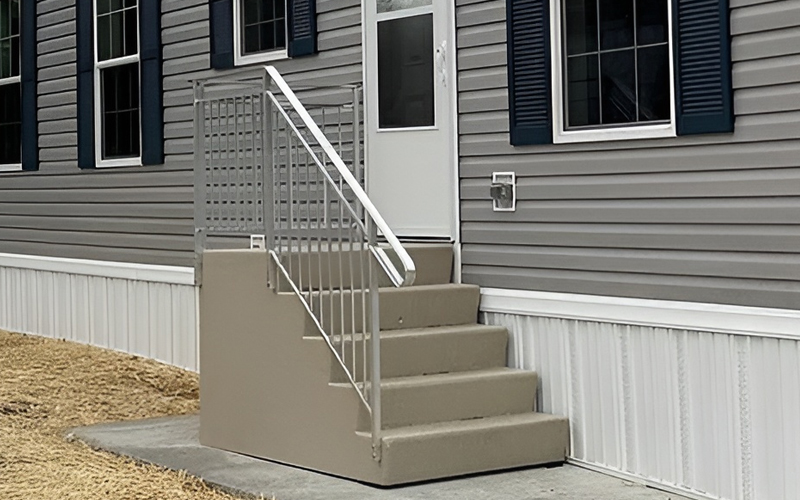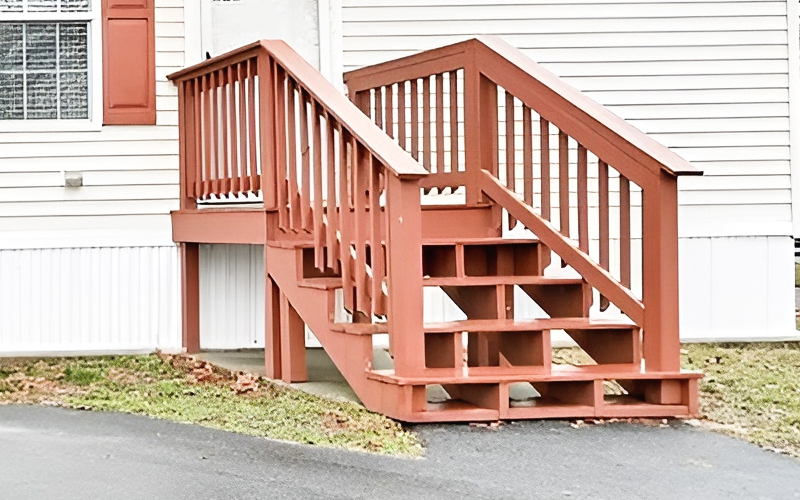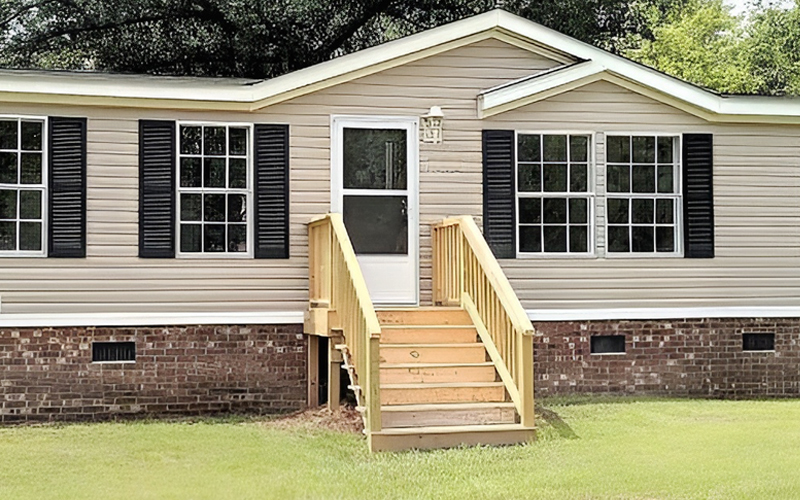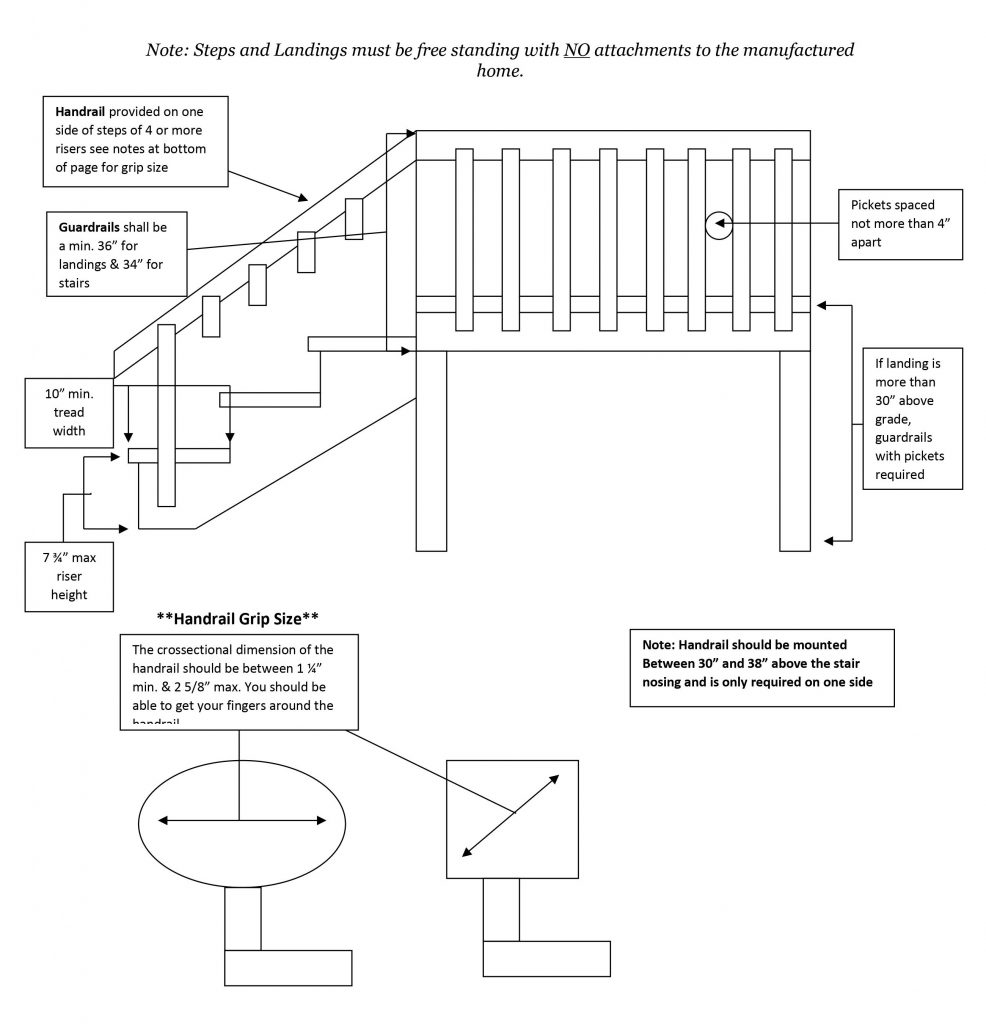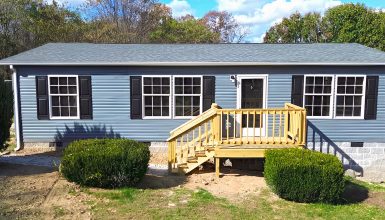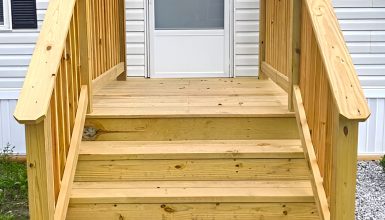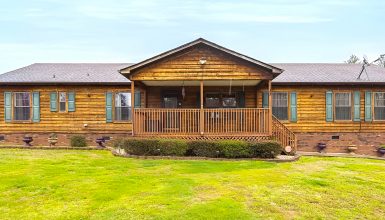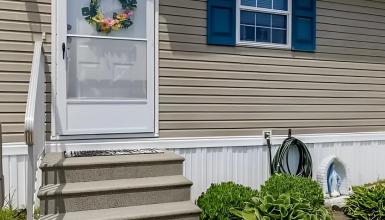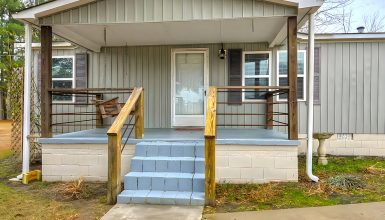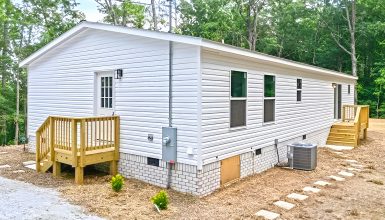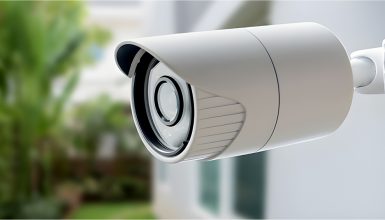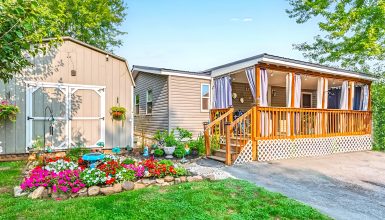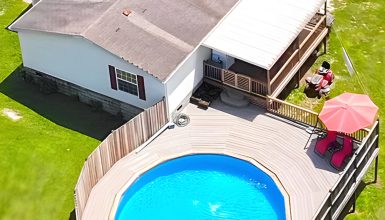Mobile home steps are an essential feature of any mobile home. They provide a safe and stable means of entering and exiting your home. And are necessary for the overall function and safety of your home’s exterior.
You can transform your exterior space into an inviting area with stylish and well-designed mobile home steps. Whether you prefer classic wooden steps, modern metal designs, durable concrete steps, or composite materials, there are countless options to choose from that will enhance the safety of your mobile home and its aesthetics.
Popular Options of Mobile Home Steps
When selecting mobile home steps, you have several popular designs. Each type of step has pros and cons; your choice will depend on your preferences and budget. Here are a few of the most popular mobile home step designs to consider:
Wooden Steps
Wooden steps are a classic and popular choice for mobile homes. They add warmth and character to your outdoor space. And you can paint or stain it to match your home’s look. One of the primary advantages of wooden steps is that they are easy to customize to fit your home’s dimensions. Also, relatively affordable and require minimal maintenance. However, they can become slippery when wet. Hence, choosing the right type of wood or adding slip-resistant treads to enhance safety is essential.
Metal Steps
Metal steps are a durable and sleek option for mobile homes. They come in various designs, from simple and minimalist to more elaborate and decorative. Also, they’re weather-resistant and easily customized to fit your home’s unique style. They can be more expensive than other materials, and some designs may be less slip-resistant than other options. However, metal steps could be the right choice if you want a durable, low-maintenance option.
Concrete Steps
Concrete steps are a versatile and sturdy choice for mobile homes. They’re available in various sizes, shapes, and colors, so you can find a design that suits your preferences. Concrete steps are weather-resistant and durable, making them a low-maintenance choice. They can also be slip-resistant, which is vital for safety. However, concrete steps can be more expensive than other options and challenging to customize once installed.
Composite Steps
Composite steps are a newer and increasingly popular option for mobile homes. They’re made of wood fibers and recycled plastic, making them sustainable and eco-friendly. Composite steps are resistant to weather, rot, and insects and require little maintenance. They’re also slip-resistant, making them a safe choice for your outdoor space. Composite steps come in various colors and styles, making them a versatile option for any home. However, they can be more expensive than other materials, and some designs may require professional installation.
Fiberglass Steps
Fiberglass steps are lightweight, durable, and slip-resistant, making them popular for mobile homes. They are also easy to install and require little maintenance. However, fiberglass steps can be more expensive than other materials.
How to Choose Mobile Home Steps
Before you start shopping for your new mobile home steps, there are several factors you’ll need to consider. Here are a few things to think about before making your purchase.
1. Safety
First and foremost, safety is the most critical factor to consider. You want to ensure your steps are slip-resistant and stable, especially if you live in an area with frequent rain, snow, or ice.
2. Aesthetic appeal
Next, you’ll want to consider your steps’ aesthetic appeal. Choosing suitable materials, colors, and styles for the steps can transform the look of your outdoor space. For example, wooden steps can add a rustic touch to your home, while metal steps can give your home a modern edge. Concrete steps, on the other hand, are versatile and durable, while composite ones offer a sleek, low-maintenance option.
3. Sizes
Size and dimensions are also crucial factors to consider. The most popular mobile home step sizes are typically 2-step, 3-step, 4-step, and 5-step models. The 2-step model is suitable for shorter entryways, while the 3-step model is the most common for most entrances. The 4-step or more model is ideal for higher entryways or those that require a broader or deeper landing.
You need to ensure that the steps are the right height and width for your home’s entryway and that there are enough steps to reach the threshold comfortably. A well-designed set of mobile home steps should make it easy and safe for you and your guests to enter and exit your home.
4. Climates
It’s also essential to think about the environment in your area. Here are some considerations for selecting mobile home steps based on the climate:
- Hot and Dry Climates
If you live in a hot and dry climate, consider mobile home steps made of materials that can withstand extreme temperatures and direct sunlight, such as metal or fiberglass. Metal steps are durable and resist rust, while fiberglass steps are resistant to heat and UV rays.
- Cold and Snowy Climates
In a cold and snowy climate, choose mobile home steps that are durable and slip-resistant, such as wooden or metal steps with a textured surface. Wooden steps are a good choice for colder climates because they are less likely to crack in freezing temperatures. You may also consider adding a slip-resistant mat to your steps for safety.
- Wet and Humid Climates
For wet and humid climates, choose mobile home steps resistant to moisture, such as fiberglass or composite steps. These materials are resistant to rot, mold, and mildew and are less likely to become slick when wet.
- Coastal Climates
Lastly, choose mobile home steps resistant to saltwater corrosion, such as aluminum or steel, for a coastal climate. These durable materials resist rust and corrosion, which can be problematic in coastal areas.
5. Budget
Finally, you’ll need to consider your budget. Mobile home steps can range from simple and affordable to elaborate and expensive, depending on the materials, size, and style you choose. You’ll want to balance the look you want and what you can afford.
DIY vs. Professional Installation
You have two options when installing mobile home steps: DIY or professional. Each has advantages and disadvantages, so weighing the pros and cons before deciding is essential.
- DIY Installation
One of the primary advantages of a DIY installation is the cost savings. If you install your mobile home steps yourself, you can save money on professional installation fees. However, remember that you’ll need the necessary skills, tools, and materials to do the job correctly. The cost of materials for a basic set of wooden and prebuilt steps can range from $100 to $500. In contrast, metal, concrete, and composite steps can cost $200 to $2,000 or more, depending on the materials and design.
However, a DIY installation can be time-consuming and challenging. Installing mobile home steps requires specific skills and knowledge, including calculating the rise and run of the steps and ensuring they’re level and stable. Suppose you don’t have the necessary expertise. In that case, you risk creating a safety hazard that can be dangerous for you and your guests.
- Professional Installation
The professional installation offers many advantages, including speed, expertise, and peace of mind. A professional installer can measure and install your steps quickly and efficiently, ensuring they’re level, stable, and safe. It may also come with a warranty or guarantee, providing added protection and reassurance.
However, it can be more expensive than a DIY installation. The cost of professional installation can range from $500 to $3,000 or more, depending on the project. Remember that this cost may or may not include the cost of materials.
Maintenance and Upkeep
Once you’ve installed your mobile home steps, it’s essential to keep them well-maintained to ensure they remain safe and functional. Here are some tips for maintaining and caring for your mobile home steps:
- Cleaning Your Steps
Regularly cleaning your steps is essential to keep them looking good and remove any debris that can cause a slip hazard. Use mild soap and water to clean wooden steps, avoiding harsh chemicals that can damage the wood. Use a hose or a pressure washer to clean metal steps. You can scrub concrete steps with a stiff-bristled brush and mild detergent. Composite steps are usually low-maintenance and can easily clean with a hose or pressure washer.
- Repairing Your Steps
Over time, your mobile home steps may become damaged, mainly if you live in an area with harsh weather conditions. Wooden steps can rot or warp, metal steps rust, and concrete steps crack. Repairing any damage as soon as possible is essential to avoid further deterioration. If you’re handy, you can usually repair minor damage with wood filler or a bonding agent. For more severe damage, it’s best to hire a professional to fix your steps.
- Preventing Damage
Prevention is critical when it comes to maintaining your mobile home steps. One way to prevent damage is to install slip-resistant treads on your home steps, particularly if you have wooden or metal steps. You can also add a sealant to wooden steps to protect them from the elements and apply a rust inhibitor to metal steps to prevent corrosion. Adding salt to it can help prevent ice buildup in areas with cold temperatures.
- Protecting Your Steps
To prolong the life of your mobile home steps, protecting them from the elements is essential. Wooden steps should paint or sealed to protect them from moisture. At the same time, coating metal steps with a rust inhibitor can prevent corrosion. Suppose you live in an area with harsh weather conditions. In that case, you may consider adding a canopy or awning to protect your steps from snow, rain, and sun damage.
Following these maintenance and upkeep tips, you can keep your mobile home steps in top condition and ensure they remain safe and functional for years.
Mobile Home Steps Requirements
Mobile home steps and landing requirements by spartanburgcounty
There are specific requirements for mobile home steps. While local codes may differ, the International Residential Code (IRC) offers generally accepted guidelines for mobile home steps and stairs. By adhering to these standards, you can create a safe and secure entryway for your mobile home.
- Free-standing
One of the most important requirements for mobile home steps is free-standing. It means the stairs and landings cannot be attached to the manufactured home. Instead, they must stand independently and meet the requirements of the currently adopted edition of the IRC.
- Landings
Regarding landings for your mobile home steps, safety is vital. A minimum 3ft x 3ft landing is required on each side of an egress door, providing enough space to step up comfortably and into your home. The landing should be level with the threshold, with no more than a 1 ½ inch difference in height.
For doors other than the egress door, the landing can be up to 7 ¾ inches below the top of the threshold, as long as the door doesn’t swing over it. It can provide some flexibility in designing your steps and ensure they are safe and easy to use.
- Steps
First, the risers should be no more than 7 ¾ inches high, allowing for a comfortable stride up or down. The tread depth should also be at least 10 inches, providing enough space to step confidently.
Add a nosing of between ¾ and 1 ¼ inches to all stairs with solid risers for safety. It provides a visual cue for each step, reducing the risk of tripping or slipping. And when measuring the tread depth, it’s essential to measure horizontally from nosing to nosing, ensuring consistency and safety throughout the entire set of steps.
- Guardrails
For porches and decks located more than 30 inches above grade or floor level below, guardrails are required and must be at least 36 inches in height. It ensures that anyone using the space is protected and safe.
In addition, any steps attached to landings that require guardrails must also have them measuring at least 34 inches from the nosing of the treads. Installing them on each side of the stairs is crucial unless they are next to a structure that would prevent a fall hazard.
To save space and provide extra support, the stairs’ guardrail can also double as a handrail as long as it meets the necessary height and gripping surface requirements.
Finally, all guardrails for porches, decks, and stairs must have pickets or ornamental closures that don’t allow the passage of a sphere 4 inches in diameter. It ensures that no one can accidentally fall through the guardrail.
- Handrails
If your stairs have four or more risers, you must provide handrails on at least one side of the stairway. They must be between 30 and 38 inches high, measured vertically from the nosing of the treads. It provides a comfortable and secure grip for anyone using the stairs.
For added safety, the handrails must be continuous throughout the stairs. It ensures no gaps or breaks that could pose a safety hazard.
The handrails must have a grasping surface with a circular cross-sectional dimension of 1 ¼ and 2 5/8 inches maximum. It provides enough space for a comfortable grip, reducing the risk of slipping or losing balance.
By understanding and meeting these requirements, you can ensure that your mobile home steps are safe, stable, and meet the necessary standards for compliance.

